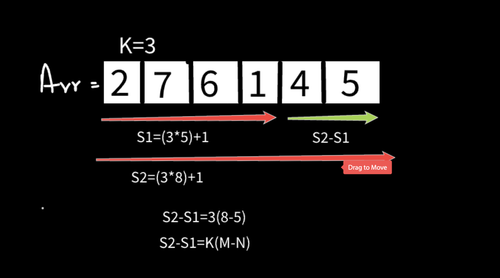#include <bits/stdc++.h>
using namespace std;
#include <bits/stdc++.h>
using namespace std;
struct node{
int count[26+1];
};
bool isP(node res,int count[]){
for(int i=0;i<26;++i){
// cout<<count[i]<<" "<<res.count[i]<<endl;
if(count[i]>0&&res.count[i]>0)return 0;
}
// cout<<"atta\n";
return 1;
}
node sol(node a,node b){
node res;
for(int i=0;i<26;++i){
res.count[i]=a.count[i]+b.count[i];
}
return res;
}
void build(node seg[],string &s,int l,int r,int idx){
if(l>r)return ;
if(l==r){
for(int i=0;i<26;++i)seg[idx].count[i]=0;
seg[idx].count[s[l]-'a']+=1;
return ;
}
int mid=(l+r)>>1;
build(seg,s,l,mid,2*idx);
build(seg,s,mid+1,r,1+2*idx);
seg[idx]=sol(seg[2*idx],seg[2*idx+1]);
}
node qu(node seg[],int l,int r,int qs,int qe,int idx){
if(qs>r||qe<l){
node res;
for(int i=0;i<26;++i)res.count[i]=0;
return res;
}
if(qs<=l&&qe>=r)return seg[idx];
int mid=(l+r)>>1;
node la=qu(seg,l,mid,qs,qe,2*idx);
node ra=qu(seg,mid+1,r,qs,qe,2*idx+1);
return sol(la,ra);
}
int main() {
int t;
cin>>t;
while(t--){
string s;
cin>>s;
node seg[4*s.length()+1];
memset(seg,0,sizeof seg);
build(seg,s,0,s.length()-1,1);
int c[26+1];
memset(c,0,sizeof c);
int val=0,i=0;
while(i<s.length()){
c[s[i]-'a']+=1;
val+=1;
node rest=qu(seg,0,s.length()-1,i+1,s.length()-1,1);
if(isP(rest,c)){
cout<<val<<" ";
val=0;
memset(c,0,sizeof c);
}
i+=1;
}
}
return 0;
}

 Join Us
Join Us




Question No 7 Test cases are weird. Even the Brute Force is giving wrong answer on Test Case 2. Please check once.
***// int is long long int & vi is vector<int> int n; cin>>n; vi v(n); for (int i = 0; i < n; i++) { cin>>v[i]; } int x=0; for(int i=0; i
Hi Raunit, I have reviewed your code for the problem. Please notice the constraints on
a_iin the problem on TJO. The values can also be negative and henceXORwould result in absurd results. In the solution post, I had assumed thata_ivalues would be non-negative, but I have prepared the problem considering the expected solution only. I have updated the solution post stating this.